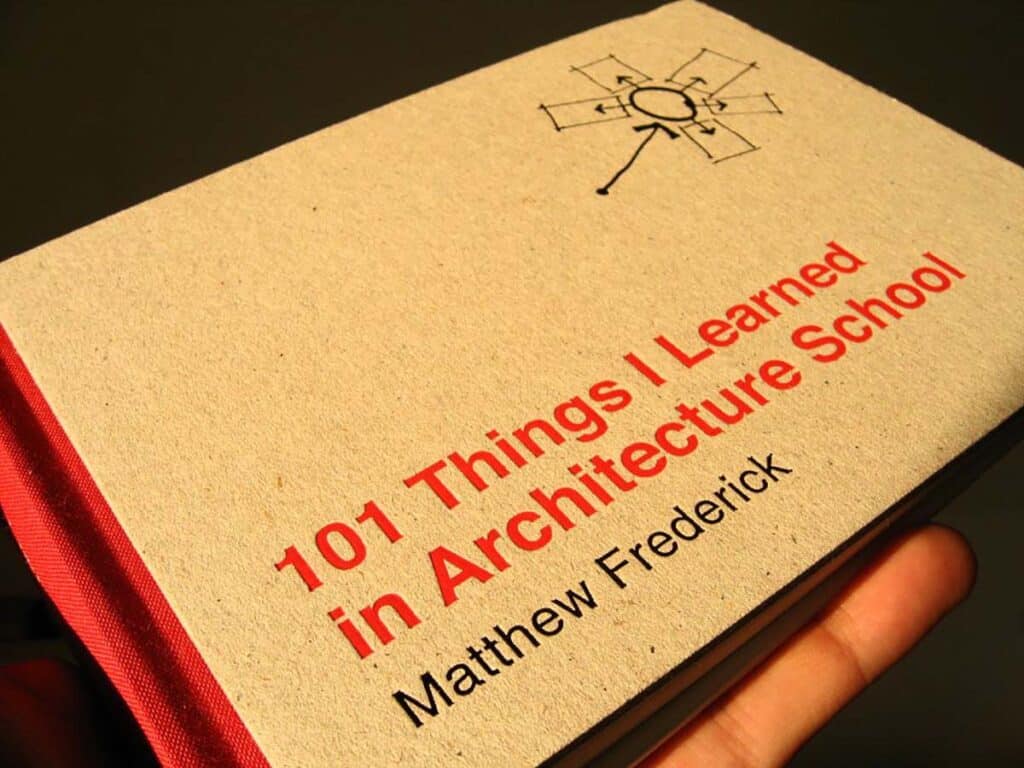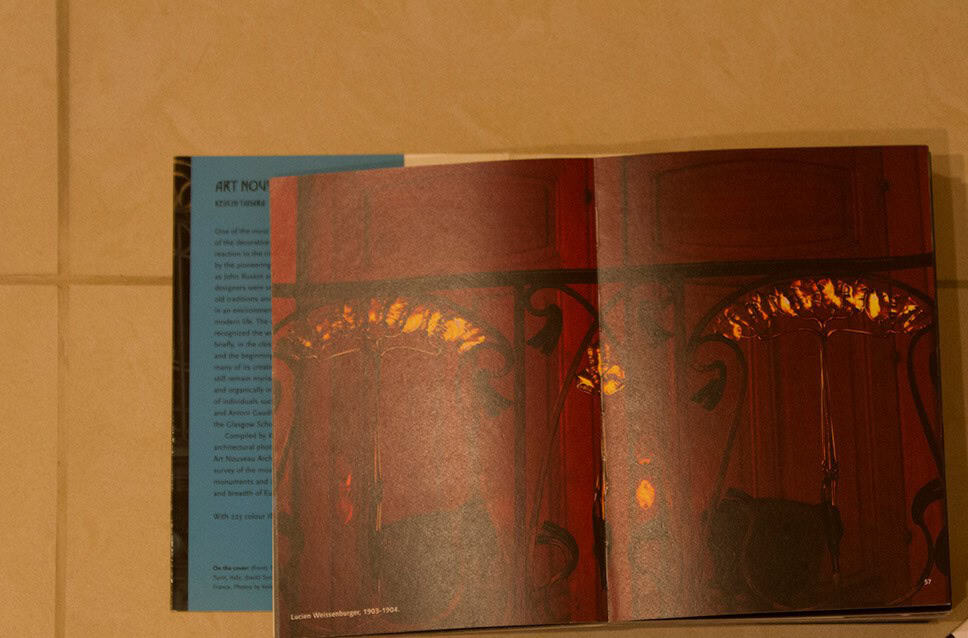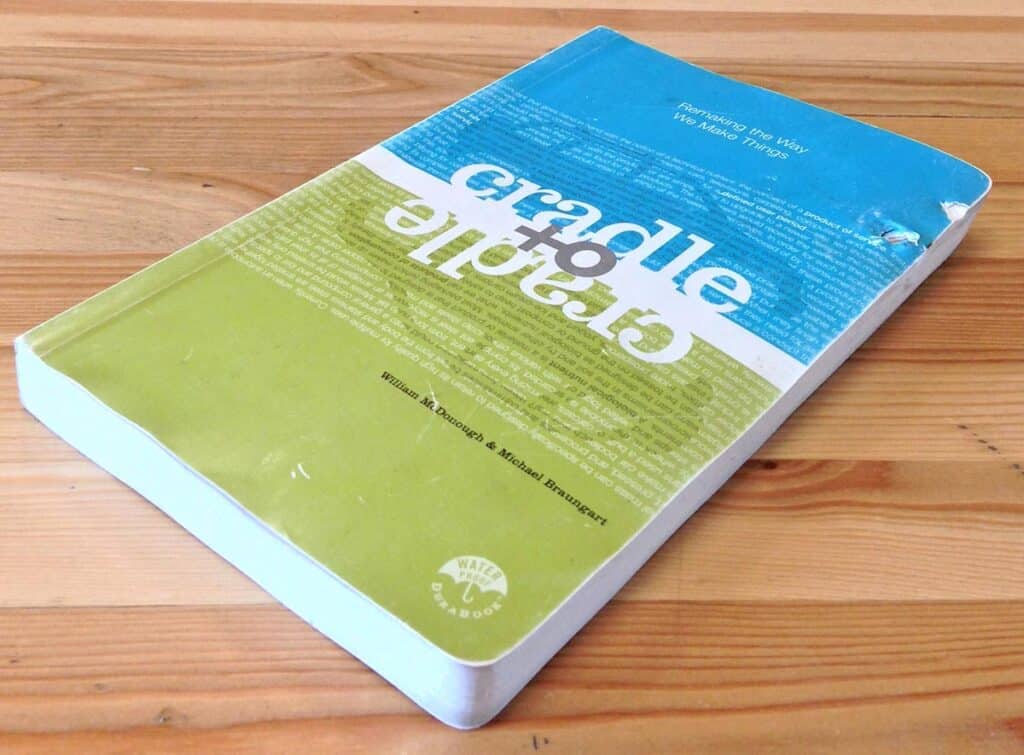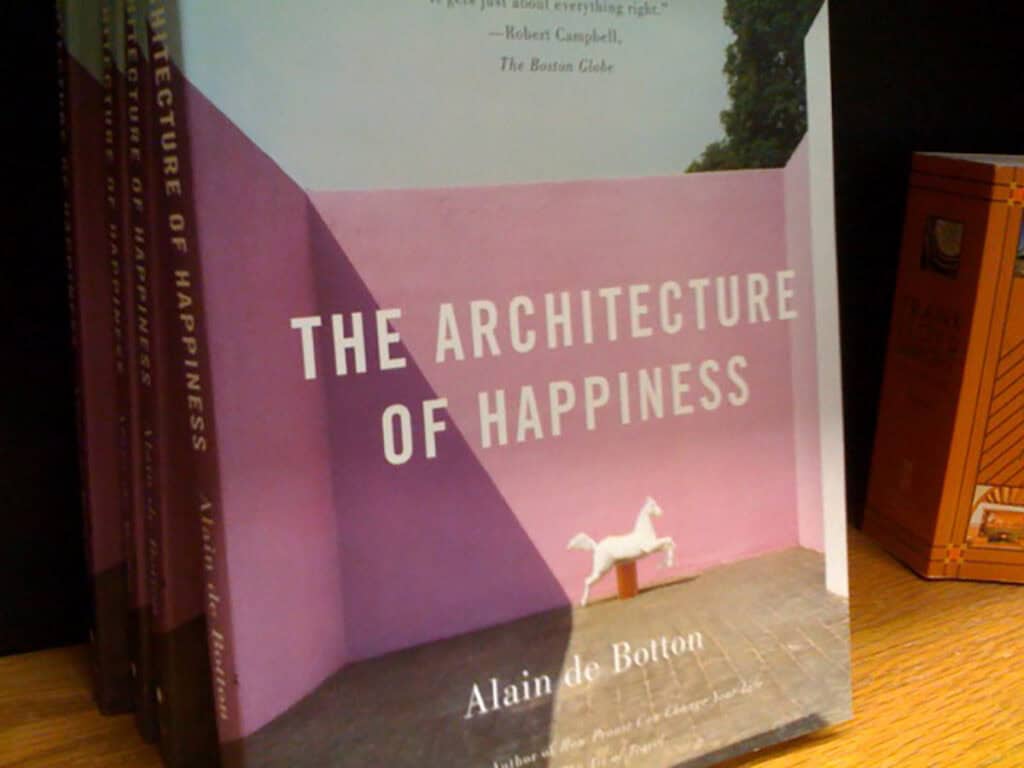Struggling to bring your design visions to life or overwhelmed by studio demands? You’re not alone—executing architectural projects successfully takes more than talent; it requires the right tools, strategies, and insights.
As an aspiring architect, you face challenges like mastering design principles, managing studio workloads, and staying creative under pressure. But there’s good news: the best architecture books for students are powerful allies in your journey.
With years of architectural research and curated recommendations, we’ll guide you through:
- Foundational design theory
- Studio success strategies
- Visualization and drawing mastery
- Sustainable and modern design techniques
Start here—and set yourself on a path to architectural excellence.
Let’s explore the books that can transform your skills and sharpen your creative edge.

Essential Architecture Books For Students

Successful architecture students rely on key texts that clarify complex concepts, provide practical design techniques, and offer guidance on studio work. The following focus on foundational theory, design principles, and effective studio practices essential for their development.
Books on architectural theory establish the conceptual framework students need. Form, Space, and Order by Francis D.K. Ching is widely regarded for its clear illustrations and explanations of spatial relationships. It breaks down complex ideas into accessible visuals, helping students grasp how form influences experience.
1. 101 Things I Learned in Architecture School

Another vital text is 101 Things I Learned in Architecture School by Matthew Frederick. It succinctly covers essential lessons from design thinking to professional practice.
101 Things I Learned in Architecture School by Matthew Frederick is a compact, insightful guide filled with practical advice and foundational principles for aspiring architects.
Written in a straightforward, illustrated format, the book distills essential architectural concepts, design principles, and professional practices into 101 concise lessons.
2. Cradle to Cradle

Understanding design principles is crucial for students mastering composition and function. Core principles like scale, proportion, balance, and rhythm guide effective spatial design.
Books that focus on sustainable and innovative design, such as Cradle to Cradle by William McDonough, introduce students to environmental responsibility within architecture. Mastery of these principles equips students to create well-balanced, functional, and contextually appropriate designs.
Cradle to Cradle by William McDonough and Michael Braungart presents a groundbreaking approach to sustainable design and manufacturing. The authors challenge the traditional “take, make, waste” industrial model, advocating instead for a circular, regenerative system where products are designed to be reused, recycled, or safely returned to the environment.
This visionary framework emphasizes eco-effectiveness, prioritizing materials and processes that positively impact human health and the planet.
Through compelling examples and practical strategies, the book provides a blueprint for businesses, designers, and policymakers to create a world where industry and nature coexist in harmony.
Recommended Architecture Books On History
Understanding architectural history helps students grasp how styles, techniques, and ideas have evolved. It offers insight into the connections between cultural trends, technology, and built environments. The study also highlights key figures and global influences shaping both traditional and contemporary architecture .
3. A Global History of Architecture
Studying major movements like Gothic, Renaissance, Modernism, and Postmodernism is essential. Each phase introduced new materials and construction methods influencing architectural projects and design patterns.
Books like A Global History of Architecture cover these periods in detail. A Global History of Architecture is a comprehensive exploration of architectural developments across various cultures and historical periods.
Authored by Francis D.K. Ching, Mark M. Jarzombek, and Vikramaditya Prakash, the book presents a rich, interconnected view of architecture as a global phenomenon, highlighting the diverse ways human societies have shaped their built environments.
It covers a wide range of architectural styles and structures, from ancient monuments to contemporary buildings, emphasizing the cultural, technological, and environmental influences that have shaped architecture over millennia.
With its visually engaging format and scholarly insights, this book is an essential resource for architecture students, professionals, and enthusiasts seeking a deeper understanding of the world’s architectural heritage.
See Also Best Architecture App For Android
Best Architecture Books For Visualization And Drawing

Visualization and drawing are essential skills in architecture that bridge ideas and built environments. Mastery of technical drawing, sketching, and digital tools enables clear communication of concepts and supports the creative process from early design stages to final presentations.
Understanding basic concepts of technical drawing is crucial for aspiring architects. Precise line work, scale, and proportion form the backbone of architectural communication. Books focusing on these fundamentals teach how to create floor plans, sections, and elevations with clarity and accuracy.
4. Architectural Graphics
Practicing architects rely on these skills to convey structural details and building specifications. Resources like Francis D.K. Ching’s Architectural Graphics are considered a great resource for students, offering step-by-step guidance on drawing conventions common worldwide.
Architectural Graphics by Francis D.K. Ching is a foundational text for architecture students and professionals, known for its clear and concise approach to visual communication in design.
The book covers essential topics like sketching, technical drawing, perspective, and digital graphics, providing a comprehensive guide to effectively conveying architectural ideas.
Ching’s signature hand-drawn illustrations and straightforward explanations make complex concepts accessible, emphasizing the importance of visual storytelling in architecture. This classic guide remains a vital resource for those looking to master the art of architectural representation.
Mastering these techniques helps create a strong personal statement through professional documentation of architectural ideas.
Sketching supports exploration and rapid idea development during the creative process. It allows architects to experiment visually without limits imposed by digital tools. Developing fluid hand-sketching skills aids in capturing the essence of spaces, light, and materials intuitively.
Best Digital Architecture Tools For Visualization

Digital visualization tools have transformed architectural drawing, expanding it into three-dimensional models and interactive presentations. Popular software like AutoCAD, SketchUp, and Revit provide precise modeling capabilities, while advanced programs like Rhino and Lumion offer powerful rendering and animation features.
For emerging architects, mastering these tools is essential for staying competitive in the industry. Many architecture textbooks now incorporate step-by-step tutorials and project workflows, helping students build proficiency in software navigation and design principles.
Additionally, these digital platforms enhance collaboration, allowing teams to refine designs and share real-time feedback, which is critical for complex projects, whether in bustling American metropolises or cutting-edge global architectural landmarks.
Best Architecture Books For Further Reading
Books that address creativity inspire new thinking, while career guides offer practical advice on navigating the profession. Both types serve distinct, crucial roles in a student’s development.
Books by authors like Francis D.K. Ching offer visual guides on form and space, helping students grasp foundational design principles creatively. These texts promote understanding architecture not just as building, but as an art shaped by culture and emotion.
Inspiration also stems from urban studies, such as Jane Jacob’s, The Death and Life of Great American Cities, which examines community-driven design. These works motivate students to push boundaries and develop empathy for users of their spaces.
Books like Why Architects Matter by Flora Samuel emphasize communicating architectural value to clients and stakeholders, a vital competency for success.
5. The Architecture of Happiness

Creative thinking is essential in architecture, and several books provide frameworks to help it. The Architecture of Happiness by Alain de Botton explores how emotional responses influence design, encouraging architects to consider human experience deeply.
In this thought-provoking book, de Botton argues that beautiful architecture isn’t just about aesthetics; it’s about creating spaces that reflect who we are and who we aspire to be.
He weaves together philosophy, art, history, and psychology to explore questions like:
- Why do certain buildings move us?
- What makes a home feel like a home?
- How can architecture express values like grace, dignity, or warmth
Practical guides also cover job searching, portfolio building, and understanding architectural firms’ workflows. They often include tips for networking, licensure exams, and managing early career challenges.
Best Architecture Books For Students: A Recap
Mastering architecture begins with the right resources. The best architecture books for students offer essential knowledge for design, theory, and studio work.
Whether you’re reading your first book or refining your skills, these are the must read books for architecture students. Each title helps build a stronger personal statement and supports success in executing architectural projects.




